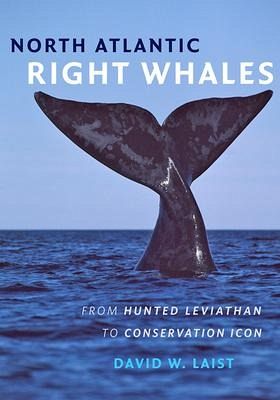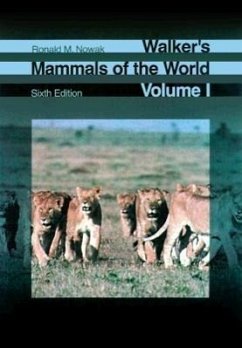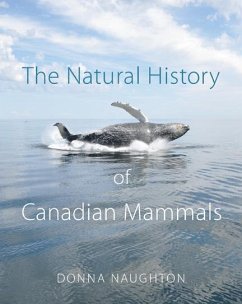
North Atlantic Right Whales
From Hunted Leviathan to Conservation Icon

PAYBACK Punkte
24 °P sammeln!
The fascinating story of North Atlantic right whales--from their evolutionary origin, through a thousand-year history of relentless pursuit by whalers, to ongoing efforts to rescue them from the brink of extinction. In the cold waters of the unforgiving North Atlantic Ocean, some of the heartiest humans of medieval days ventured out in search of whales. Through the centuries, people on both sides of the Atlantic became increasingly dependent on whale oil and other cetacean products. To meet this growing demand, whaling became ever more sophisticated and intense, leading to the collapse of what...
The fascinating story of North Atlantic right whales--from their evolutionary origin, through a thousand-year history of relentless pursuit by whalers, to ongoing efforts to rescue them from the brink of extinction. In the cold waters of the unforgiving North Atlantic Ocean, some of the heartiest humans of medieval days ventured out in search of whales. Through the centuries, people on both sides of the Atlantic became increasingly dependent on whale oil and other cetacean products. To meet this growing demand, whaling became ever more sophisticated and intense, leading to the collapse of what was once a seemingly inexhaustible supply of large cetaceans. Central to the whale's subsequent struggle for existence has been one species--the North Atlantic right whale. Conservationist David W. Laist now provides the first complete history of the North Atlantic right whale, from its earliest encounters with humans to its close brush with extinction, to its currently precarious yet hopeful status as a conservation icon. Favored by whalers because of their high yields of oil and superior baleen, these giants became known as "the right whale to hunt," and their numbers dwindled to a mere 100 individuals worldwide. Their dire status encouraged the adoption of a ban on hunting and a treaty that formed the International Whaling Commission. Recovery of the species, however, has proven elusive. Ship strikes and entanglement in commercial fishing gear have hampered herculean efforts to restore the population. Today, only about 500 right whales live along the US and Canadian Atlantic coasts--an improvement from the early twentieth century, but still a far cry from the thousands that once graced Atlantic waters. Laist's masterpiece features an incredible collection of photographs and artwork that give life to the fascinating history that unfolds in its pages. The result is a single volume that offers a comprehensive understanding of North Atlantic right whales, the role they played in the many cultures that hunted them, and our modern attempts to help them recover.













